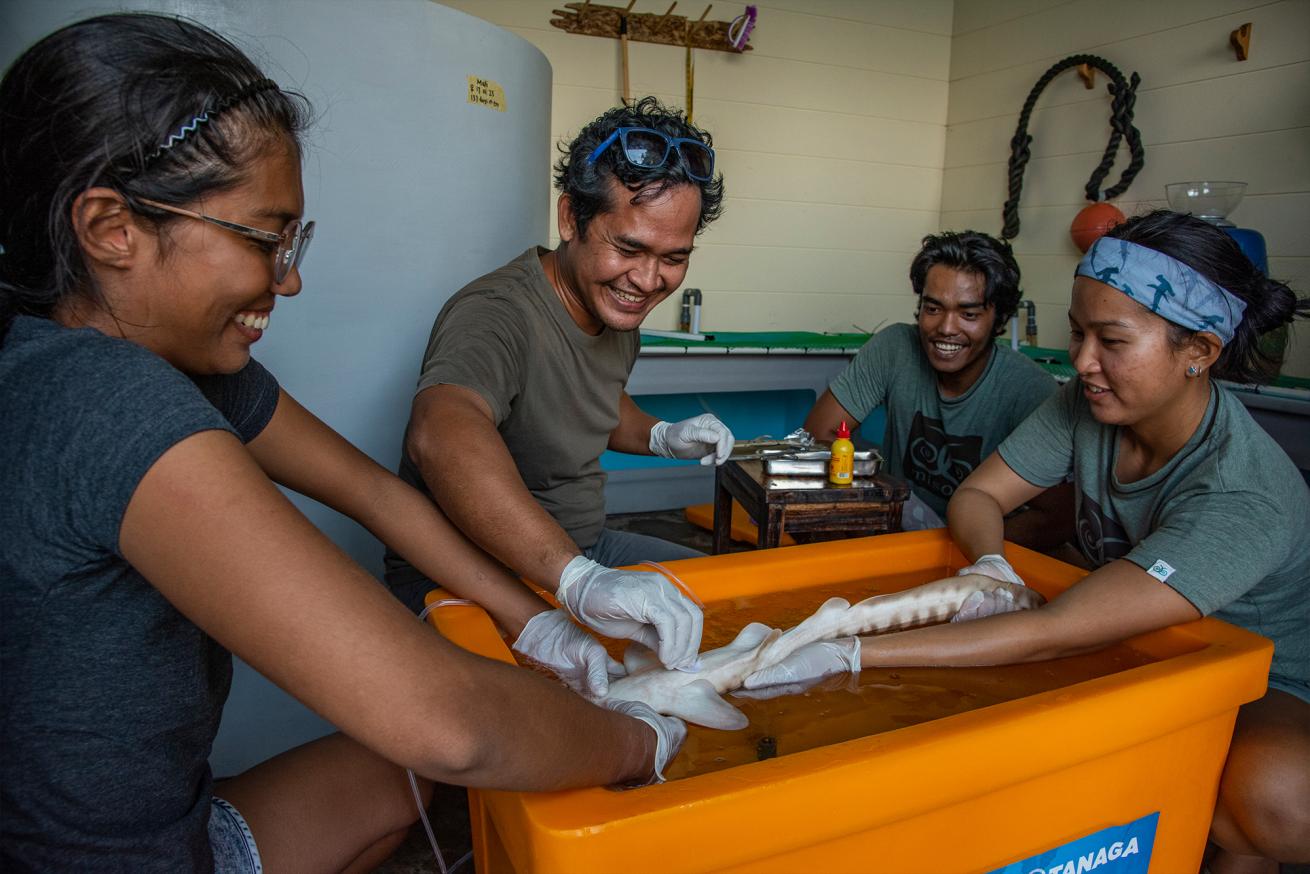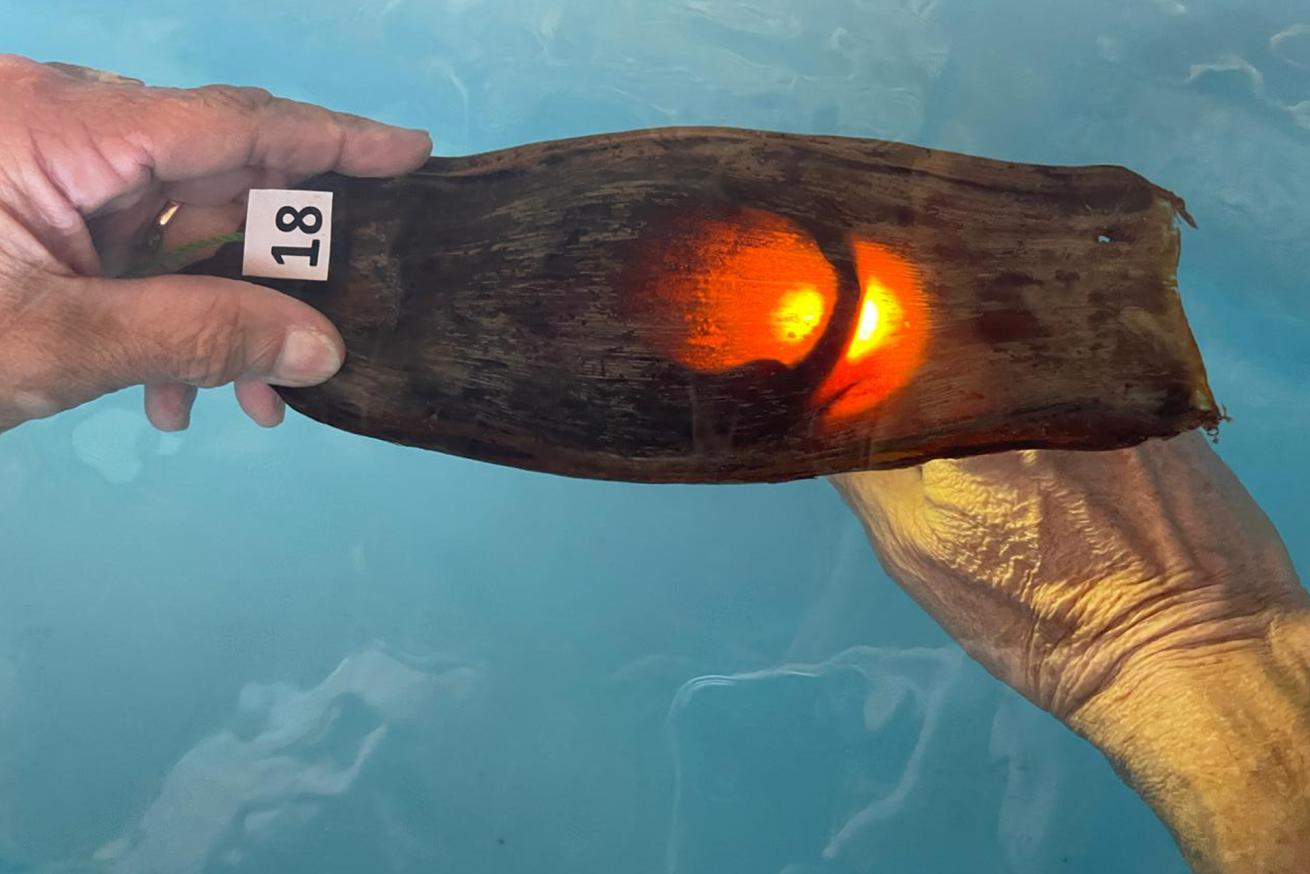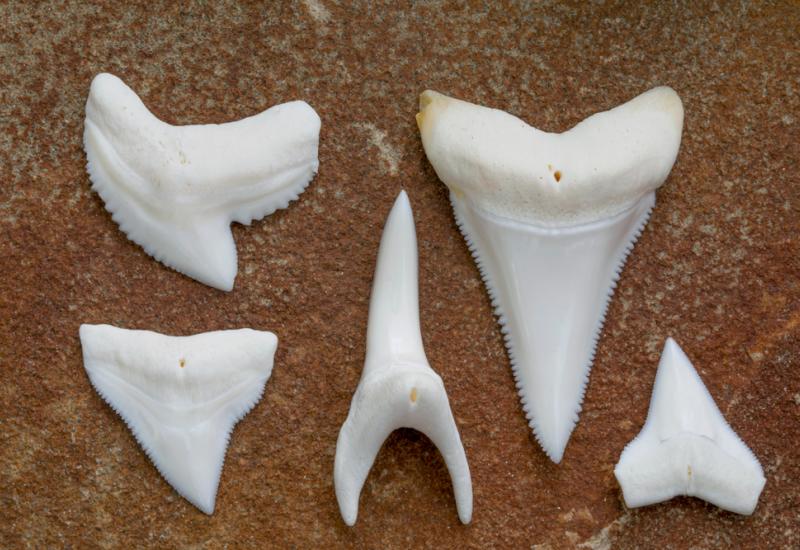How Captive Breeding is Helping Shark Conservation

Courtesy Jones/Shimlock–Secret Sea VisionsMoving a zebra shark pup
Sharks and rays are some of the most threatened animals around the world, and an enormous amount of research, management and environmental advocacy attention has focused on threat reduction so that populations can bounce back. But one tool that’s common for land animal conservation—captive breeding and wild reintroduction—has not been considered among sharks, until now.
A new partnership of more than 90 scientific groups, conservation organizations and aquariums called ReShark is working to change that by breeding endangered species of sharks and rays in captivity and releasing them into the wild.
“Aquariums have wonderful expertise when it comes to keeping sharks in human care and moving animals around,” Dr. Christine Dudgeon of the University of Queensland, the co-chair of ReShark’s StAR Project Research Working Group told me. But, she goes on, “some species are more appropriate for captive breeding and translocation conservation programs than others.”
Related Reading: This Organization Wants to Make Diving More Eco-Friendly

Courtesy Mark ErdmannA zebra shark egg at an aquarium
So far, ReShark has focused their efforts on zebra sharks (called leopard sharks locally), Stegostoma tigrinium (the S and t in StAR project). Dr. Dudgeon explained,
“This was the first species chosen for the project as a) it is endangered in the wild, b) it breeds well in human care, and c) there was good release location potential to develop the project. In 2015, I was leading the IUCN Red List assessment and it became increasingly apparent that Stegostoma tigrinium was largely gone from many of the places it used to be found in the wild.
One of these locations was Raja Ampat in West Papua Province, Eastern Indonesia. This area has been the focus of a lot of conservation work including the first shark and ray sanctuary in southeast Asia, it has a considerable marine protected area network, and there is a lot of engagement and buy-in from the local communities, tourism industry, local and regional governments. Although other species have been recovering well, including manta rays and black tip reef sharks, leopard sharks have not made a comeback.”
So far, four zebra shark pups that were raised in captivity were released into the wild at Raja Ampat, and two have been seen again by divers. After the success of the trial run, many more are on the way, with zebra shark eggs growing in aquariums all over the world.
Related Reading: What It’s Like to Be an Aquarium Dive Safety Officer
While captive breeding and wild release can’t work for every species of shark and ray, it seems to work for some species in some cases, and that’s worth celebrating.
Divers interested in helping ReShark can learn more on their social media and website, can contribute underwater photographs to the international database, and participate in a “spot the leopard shark” citizen science program. There are also opportunities to sponsor a shark by donating to the program.










